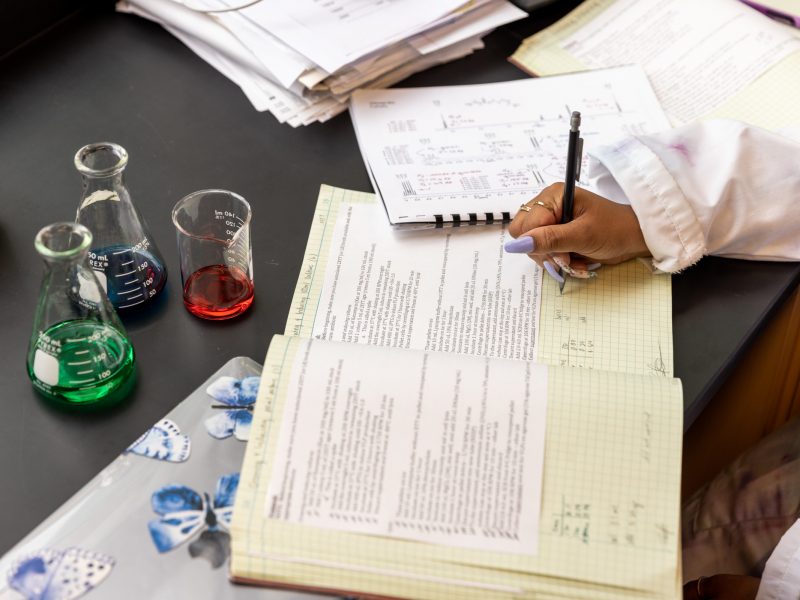Northern Arizona University encourages its faculty, staff, and students to create and disseminate new knowledge. In the course of conducting research, investigators often make discoveries such as new materials, devices, processes, plant varieties, and other tangible and intangible intellectual property—some of which may have potential commercial value.
It is important that these discoveries are developed, protected, managed, and disseminated to the benefit of the university, inventor(s), the state of Arizona, and society at large.
Recognizing commercial potential and submitting an invention disclosure
The first step in this process is recognizing that you may have made a discovery that may have a commercial application—that is, you could envision the invention being bought and sold to solve a specific problem or need.
The next step is to disclose the discovery, or invention, to NAU Innovations. We encourage you to disclose based on your discovery having a potential commercial application—even if you’re uncertain about how such an application could be commercialized or, more importantly, even if you don’t think that the discovery is patentable.
Intellectual property can be commercialized without being patented; furthermore, many discoveries originally thought to be unpatentable are, in fact, eventually patented. At NAU Innovations, we let the patent examiners decide.
How to submit your invention disclosure
You can disclose your invention in one of two ways:
By using the secure inventor portal to submit your disclosure. Read the inventor portal instructions to get started.
By working with NAU Innovations to complete and submit an invention disclosure.
Once you submit your invention disclosure, NAU Innovations will review it, determine ownership, and contact you to learn more about the project and discuss patentability, commercial potential, and possible markets. We suggest disclosing your idea as soon as possible, as the first person to file your discovery at the Patent Office will receive the patent.
Getting started
Even if your invention is only an idea, contact NAU Innovations and we will meet with you to learn more about it. You can also email our office a written description of your idea, and we can help with the invention disclosure.
Details to include:
- description of the idea and applicable field
- potential product to be developed
- novel characteristics of the idea
- the problem(s) this idea solves
- any information on existing products
- potential fields of application
- past public disclosures of the idea
- stage of development (concept, proof of concept, reduction to practice, prototype, beta tested)

